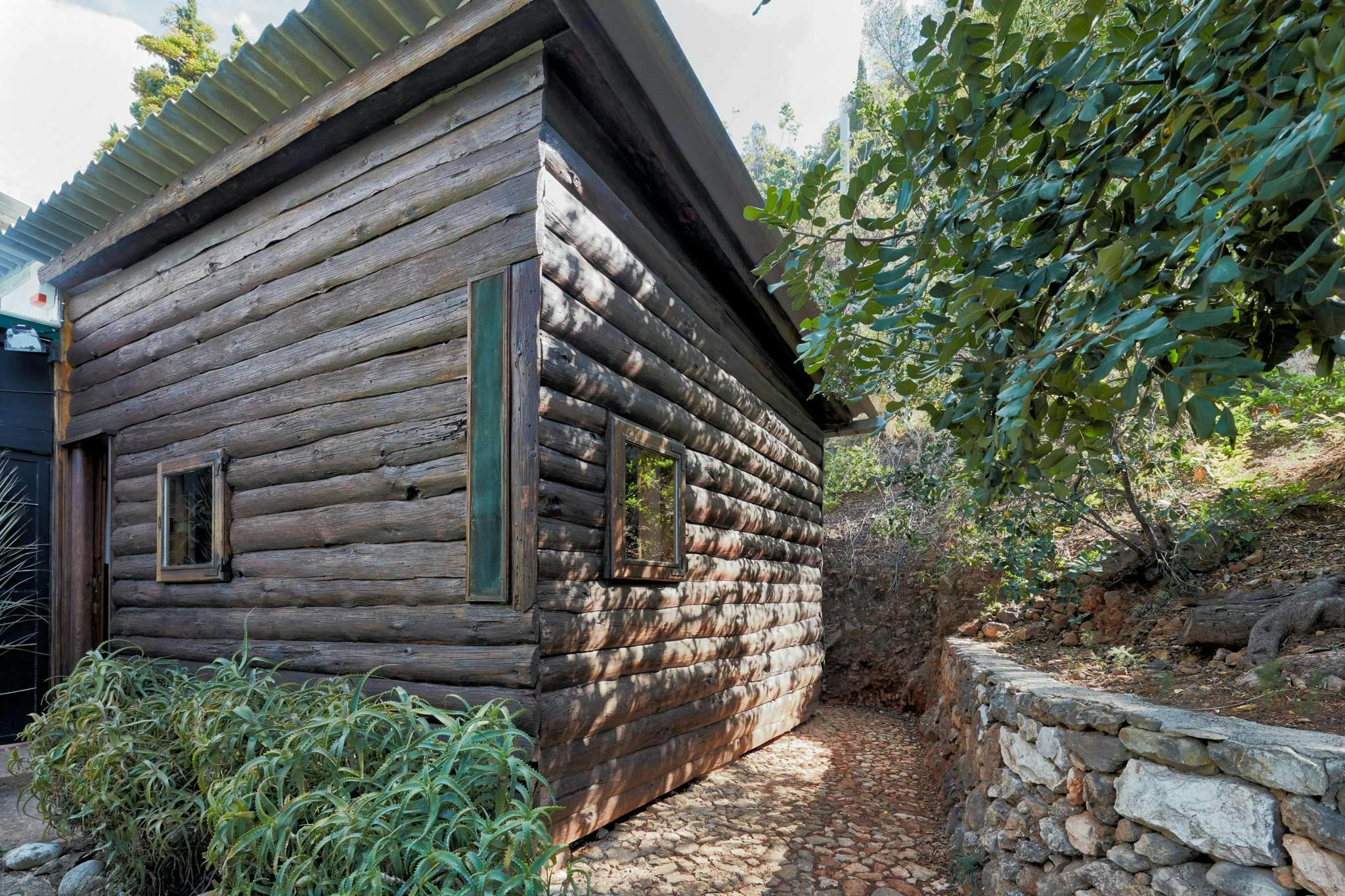
E-1027
E-1027 is a modernist villa in Roquebrune-Cap-Martin, in the Alpes-Maritimes department of France. It was designed and built from 1926-29 by the Irish architect and furniture designer Eileen Gray.


The story begins in 1925, when Eileen Gray and Jean Badovici discovered a plot of land by the sea in Roquebrune-Cap-Martin. Located on the French Riviera between Monaco and Menton, Cap-Martin was a highly regarded holiday resort, served by rail since 1869.
Irish-born Eileen Gray was a designer. Jean Badovici, of Romanian origin, is an architect and editor-in-chief of the magazine Architecture vivante. They share the same vision of architecture, focused on the individual at a time of large-scale housing projects. Villa E-1027, completed in 1929, is a manifesto of their innovative approach. It is also a total work in which architecture and design are intimately linked, in a subtle alliance of modernity, comfort and elegance. From the outset, the villa was designed for Jean Badovici, a solitary, sporty man who entertained friends.
E-1027 stands for a series of intertwined initials: E for Eileen, 10 for J, the tenth letter of the alphabet, 2 for B and 7 for G. It's also one of the first concrete architectures to apply the 5 points of modern architecture defined by Le Corbusier: pilotis, flat roofs, entablature windows and free facades. Above all, it's a home tailored to the individual, attentive to his or her needs and at the service of his or her enjoyment.
This villa is at the cutting edge of the avant-garde. Like a boat docked at a quayside, it fits perfectly into the tiered terrain on which it sits. And everything about the building evokes navigation! Of course, the buoy hanging from the balcony is an obvious sign, but the overall silhouette of the villa, its organization and even the furniture plunge visitors into a motionless cruise. From the deck to the cabins, all the codes of yachting are present: furniture is small and drawers designed not to open in heavy seas. The colors of the villa are themselves a transposition of the environment: blue on the sea side, ochre on the land side, reflecting the natural rocks and dry-stone walls supporting the terraces.
Le Corbusier later purchased a plot of land alongside the villa, where he built his rustic Cabanon. He lived in the cabin during his later years and died while swimming at the beach below E-1027 in 1965.
Image to the left: Le Corbusier decompressing in E-1027, date unknown.













